
From the vast forest…
Nghe An's forest area is mainly distributed in 11 districts and towns in the West. Therefore, one of the sources of income from forest resources in the West, in addition to implementing forest environment policies, can be determined in the near future to be selling carbon credits.
Based on the signing of the Emission Reduction Payment Agreement for the North Central Region Emission Reduction Program (ERPA) from October 2022 between the Ministry of Agriculture and Rural Development and the World Bank (WB) - the trustee of the Forest Carbon Partnership Fund (FCPF); Vietnam will transfer to FCPF 10.3 million tons of CO2 to reduce emissions from forests in 6 provinces in the North Central region, including Thanh Hoa, Nghe An, Ha Tinh, Quang Binh, Quang Tri and Thua Thien Hue in the period of 2018-2024. FCPF will pay for this service 51.5 million USD.
Currently, Nghe An is taking steps to prepare for the pilot operation of the carbon credit trading floor, starting from 2025 and officially operating by 2028. In the immediate future, the local authorities and sectors are completing the documents to be eligible to disburse the funds transferred by the World Bank.
Mr. Lo Van Ly, Head of the Department of Agriculture and Rural Development of Con Cuong district, said: The district is focusing on disseminating and popularizing policies on payment for selling carbon credits; making payment plans according to instructions; appraising annual financial plans, first of all for 2024, for the People's Committees of communes and organizations assigned by the State to manage and protect forests.
One of the important steps to complete the payment records in carbon credit transactions is to make a list of forest owners who receive payment on time. To ensure payment to forest owners on time, no later than December 31, 2026, according to the sharing of localities, there are still many procedural steps that need to be completed according to the requirements of the disbursement records.
Therefore, one of the key tasks assigned by the Provincial People's Committee to departments, branches, localities and implementing units is to compile a list of beneficiaries of greenhouse gas emission reduction money.
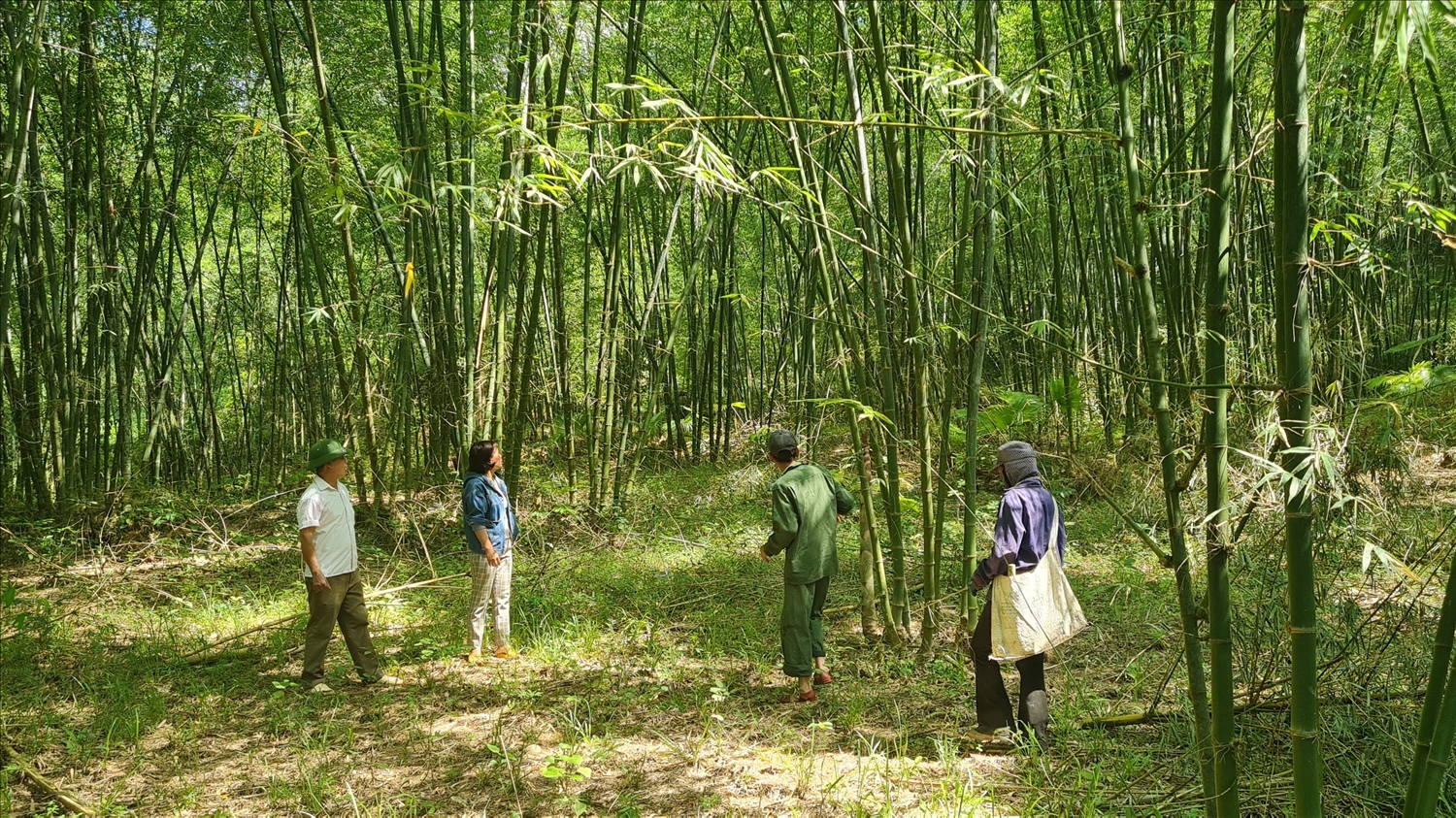
To make a list of beneficiaries from ERPA sources, forest owners and organizations are reviewing the subjects, ensuring that the area of natural forest contracted for forest protection from ERPA sources does not overlap with the area of forest protection contracted using State budget funds to ensure the principle of reasonableness and non-overlapping; implementing the signing of contracts on the principle of forest management and protection contracted to the community. Next, reviewing and making statistics to determine the existing area of natural forest of each forest owner as a basis for making the annual financial plan...
…to the green rice fields
Agricultural production is also a sector that contributes to greenhouse gas emissions, accelerating global warming, in which rice production accounts for more than 50% of greenhouse gas emissions. The cause of this situation is due to old production habits, widespread and unscientific use of water, fertilizers and pesticides.
With the flooding method, water is maintained continuously in the field from before planting until about 2 weeks after flowering; it not only wastes irrigation water and pumping labor, but also emits a lot of methane CH4, contributing significantly to greenhouse gases.
Methane emission reduction activities are closely related to water regulation techniques in rice fields; specifically, the “alternate wetting and drying” technique, also known as “nong loi sun”, not only helps reduce water usage but also creates conditions for increasing farmers’ income. Methane emissions reduced through this technique are the basis for issuing carbon credits, thereby directly benefiting farmers through the credits they achieve.
By properly following technical measures and implementing carbon credit generation in rice production, farmers not only have the opportunity to increase their income through selling carbon credits, but also actively contribute to mitigating climate change and ensuring the conservation of water resources.
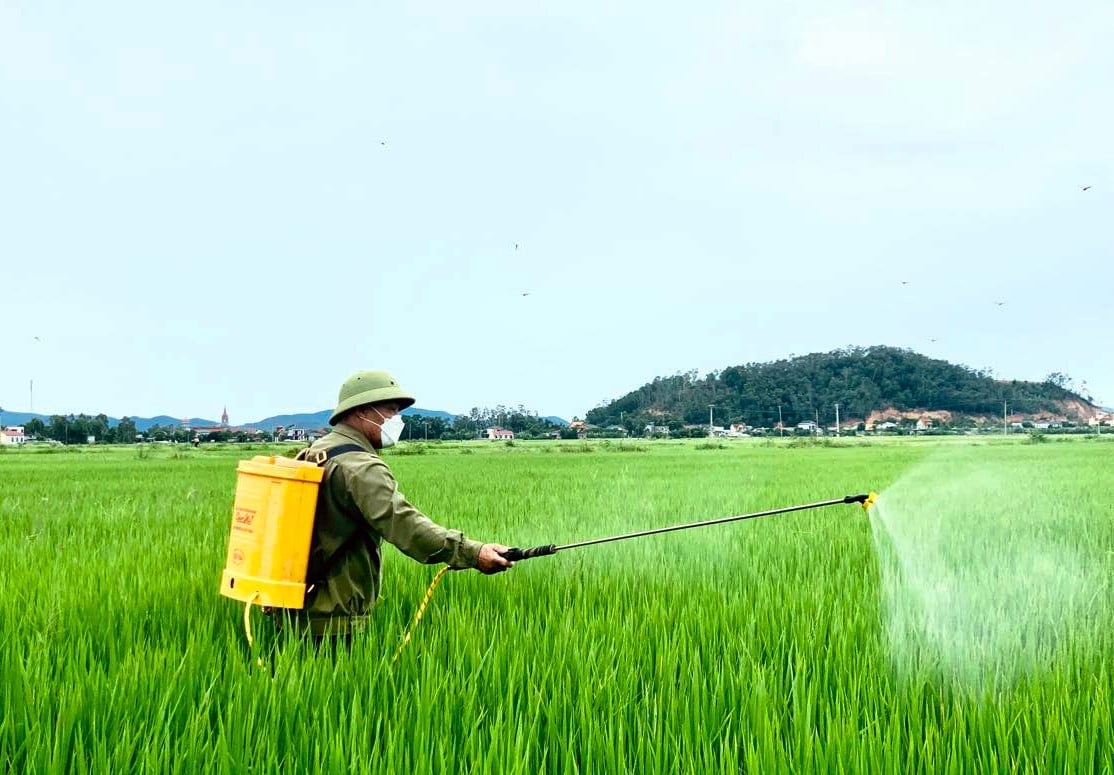
With a rice production area of 180,000 hectares/year, Nghe An has great potential in reducing emissions with a large rice area, to enjoy carbon credits. Therefore, at the beginning of the spring crop of 2024, the Department of Agriculture and Rural Development of Nghe An, together with the North Central Institute of Agricultural Science and Technology, Green Carbon Company and representatives of JICA, implemented the program "Creating Carbon Credits in Rice Production" in Nghe An province.
The program is implemented on an area of nearly 5,339.5 hectares, in 5 districts of Nam Dan, Nghi Loc, Hung Nguyen, Dien Chau and Do Luong, with about 24,000 participating households. The results of the 2024 spring crop implementation show that there has been no impact of the application of the AWD process on the growth and development of rice plants. Meanwhile, the number of irrigations per crop has been reduced by 2 to 3 times compared to people's practices. At the same time, initial records show a significant reduction in methane (CH4) emissions in rice production at monitoring points.
In particular, the pilot program to create carbon credits in rice production has brought about remarkable results. Following the new farming process, irrigation also saves water, reducing electricity costs and pumping costs. Revenue from credits is about 7 to 8 credits/ha per year. With the price of 1 credit about 15 USD, with the pilot area, the program brings in revenue of about 1.6 million USD.
With that initial success, the North Central Institute of Agricultural Science and Technology proposed that the People's Committee of Nghe An province continue to maintain and promote the areas in the 5 districts that have implemented the program in the spring crop of 2024, with an area of about 5,200 hectares. At the same time, continue to expand the program to 4 new districts including Quynh Luu, Hoang Mai, Thanh Chuong, Tan Ky with an expected area of about 4,000 hectares.
Mr. Nguyen Tien Duc, Head of the Department of Crop Production and Plant Protection of Nghe An province, shared: To produce rice in the direction of meeting the requirements of creating carbon credits, it is necessary to meet many criteria and requirements from the stage of organizing and implementing the production season and cultivation measures. Therefore, the government and specialized agencies need to coordinate, guide, direct, and plan the area, thereby providing standard production processes for implementation, creating pressure for production organizations to meet the requirements.
Potential for exchanging and transferring forest carbon credits in Vietnam



![[Photo] Prime Minister Pham Minh Chinh works with the Standing Committee of Thai Binh Provincial Party Committee](https://vphoto.vietnam.vn/thumb/1200x675/vietnam/resource/IMAGE/2025/5/12/f514ab990c544e05a446f77bba59c7d1)
![[Photo] Prime Minister Pham Minh Chinh receives Swedish Minister of International Development Cooperation and Foreign Trade](https://vphoto.vietnam.vn/thumb/1200x675/vietnam/resource/IMAGE/2025/5/12/ae50d0bb57584fd1bbe1cd77d9ad6d97)
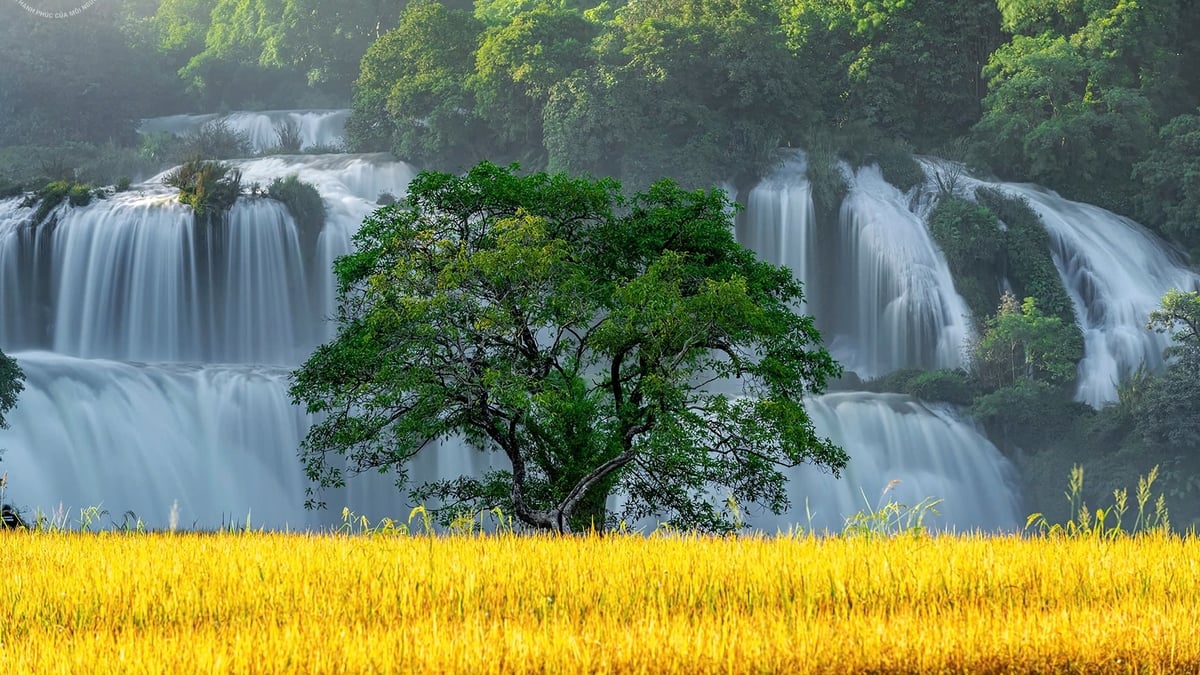
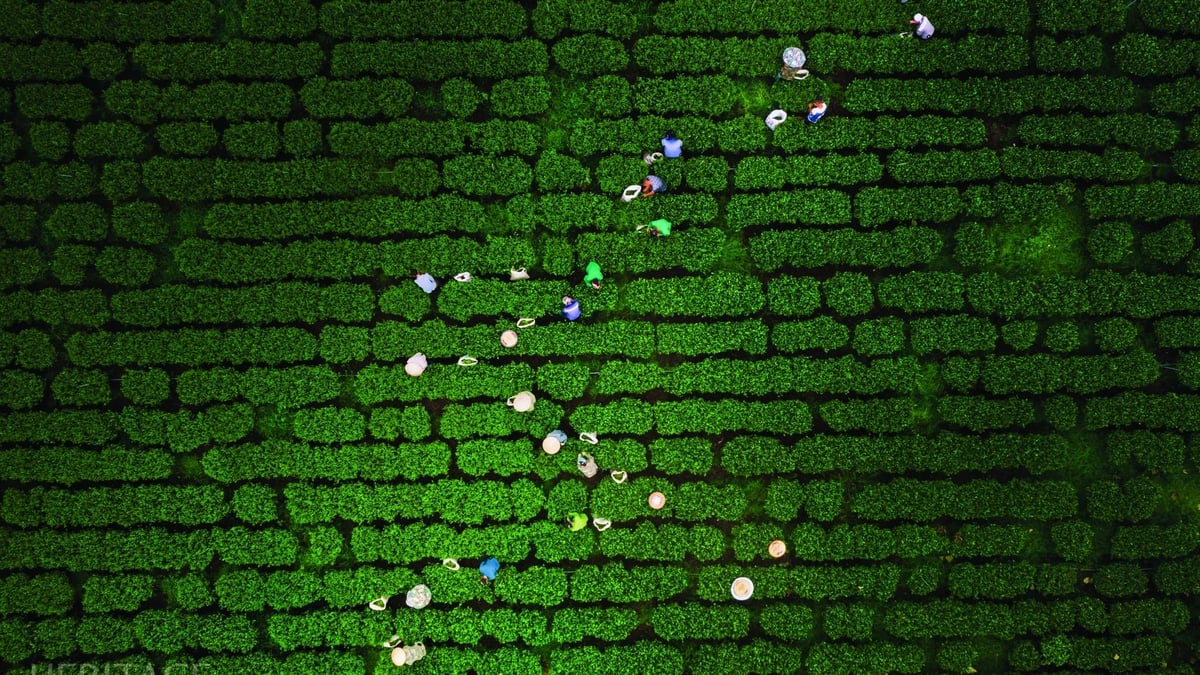





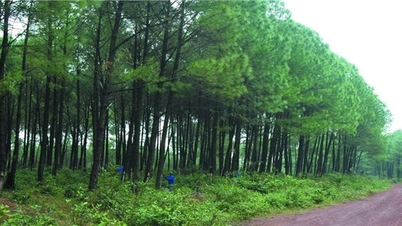

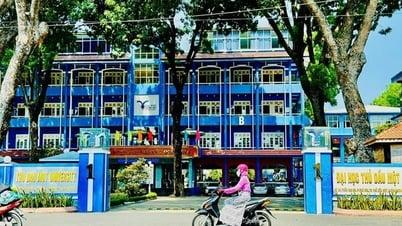




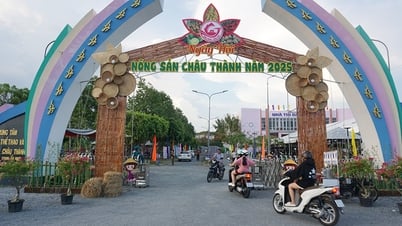



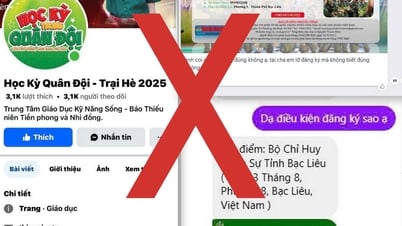
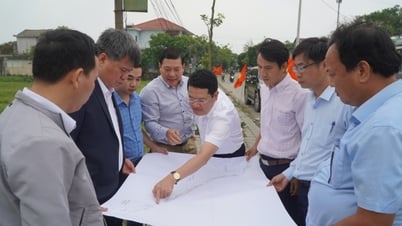




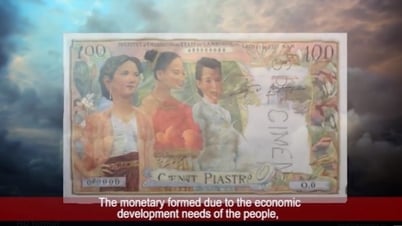

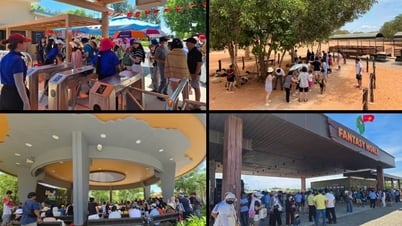


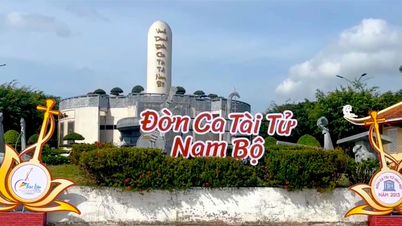









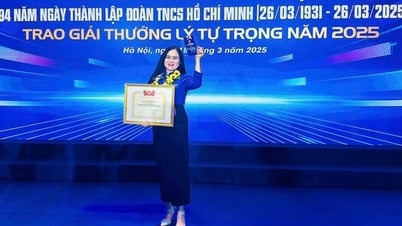





















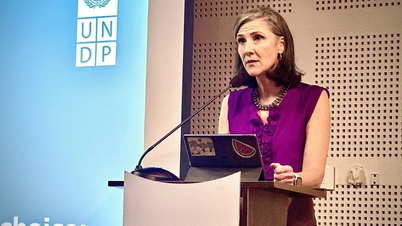

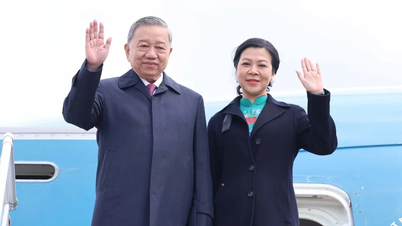
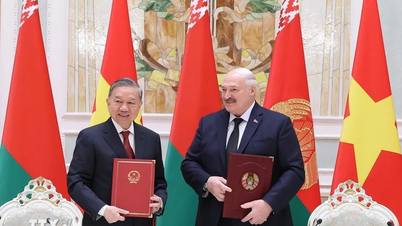

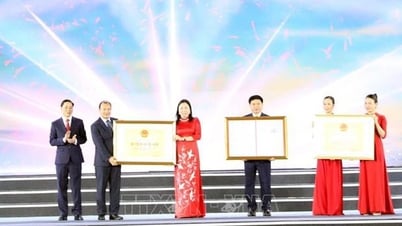

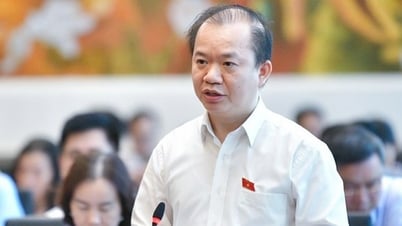
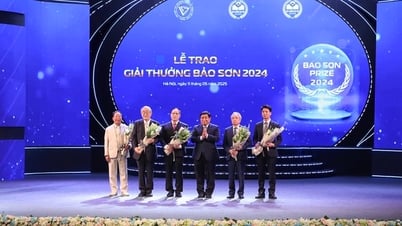




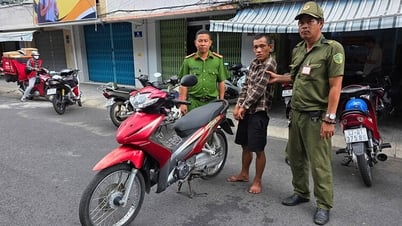

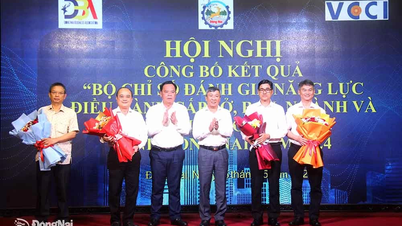

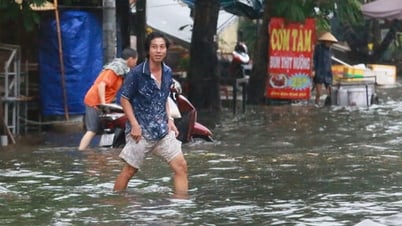

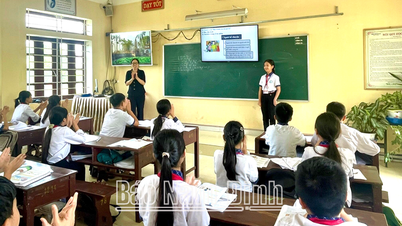

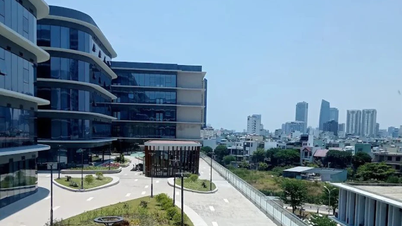

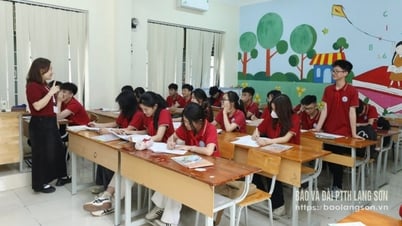










Comment (0)